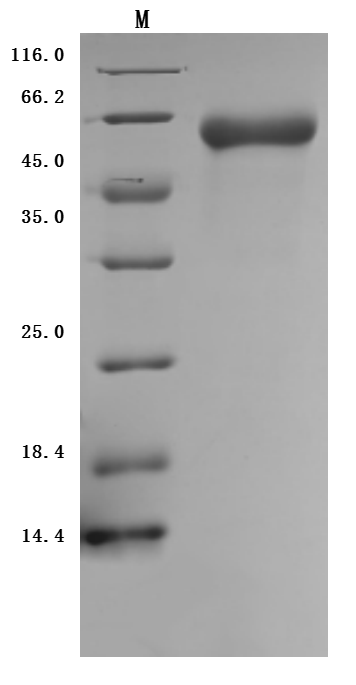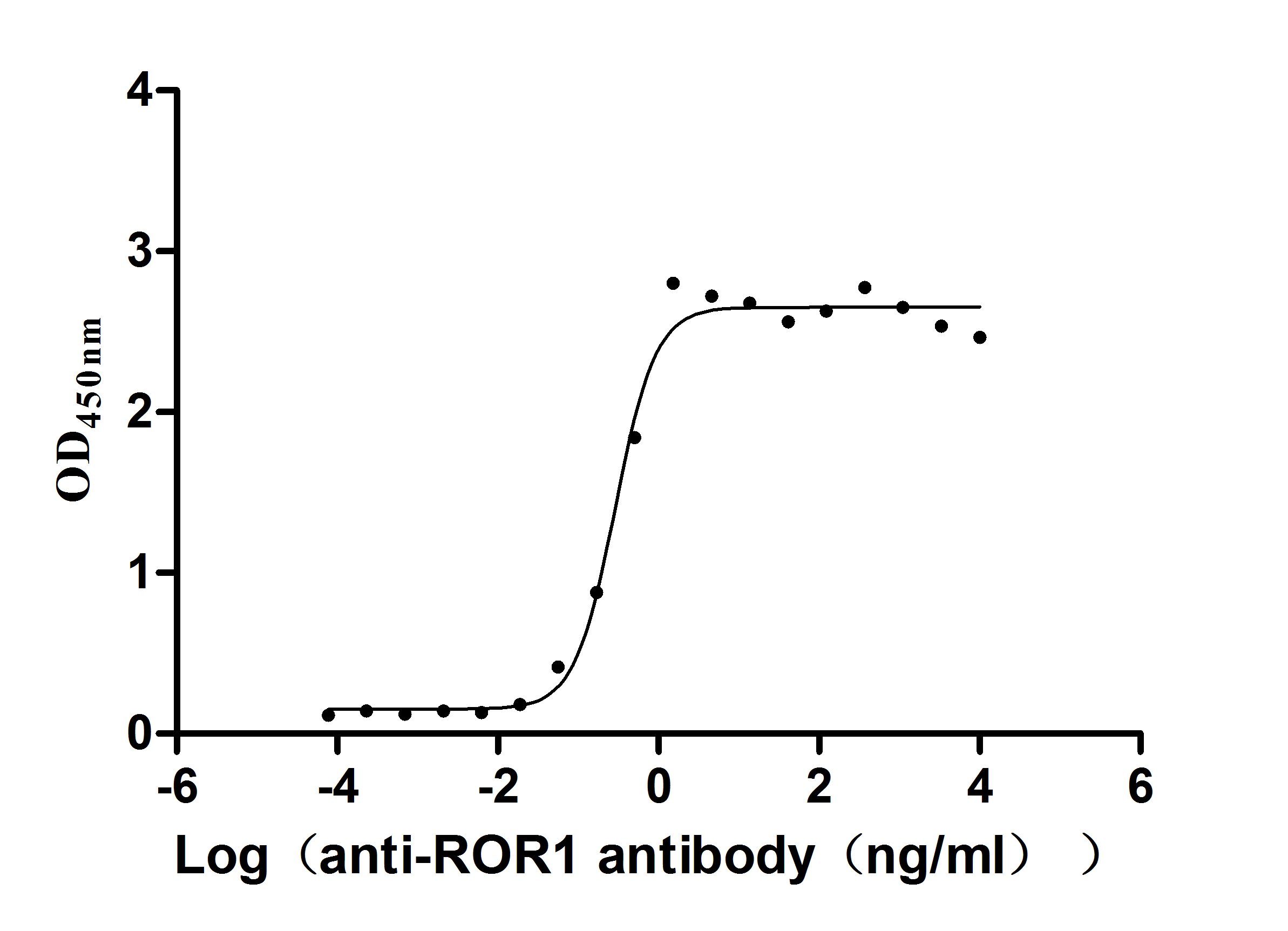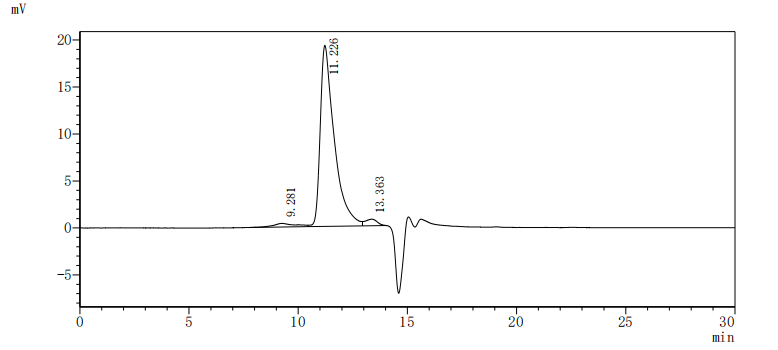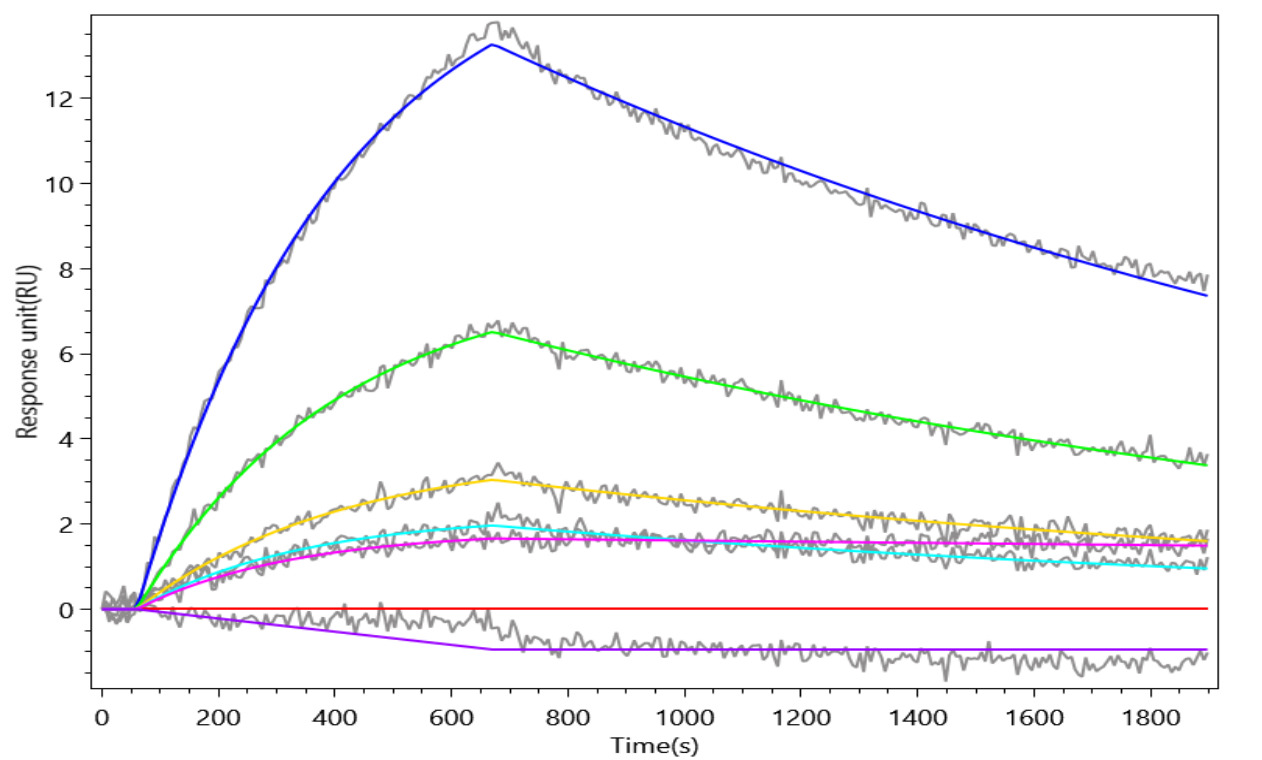Recombinant Human ROR1 is a partial protein derived from mammalian cells, specifically containing the 30-403aa expression region of the Inactive tyrosine-protein kinase transmembrane receptor ROR1. This high-purity protein (greater than 95% as determined by SDS-PAGE) is C-terminal 10xHis-tagged and has an endotoxin level of less than 1.0 EU/µg, as established by the LAL method. ROR1 is primarily utilized in neuroscience research, with its binding ability measured in a functional ELISA. When immobilized at 2 μg/mL, it can bind anti-ROR1 antibody(CSB-RA020067A1HU) with an EC50 of 0.2450-0.3416 ng/mL. The lyophilized powder format ensures easy handling and storage for a variety of research applications.










